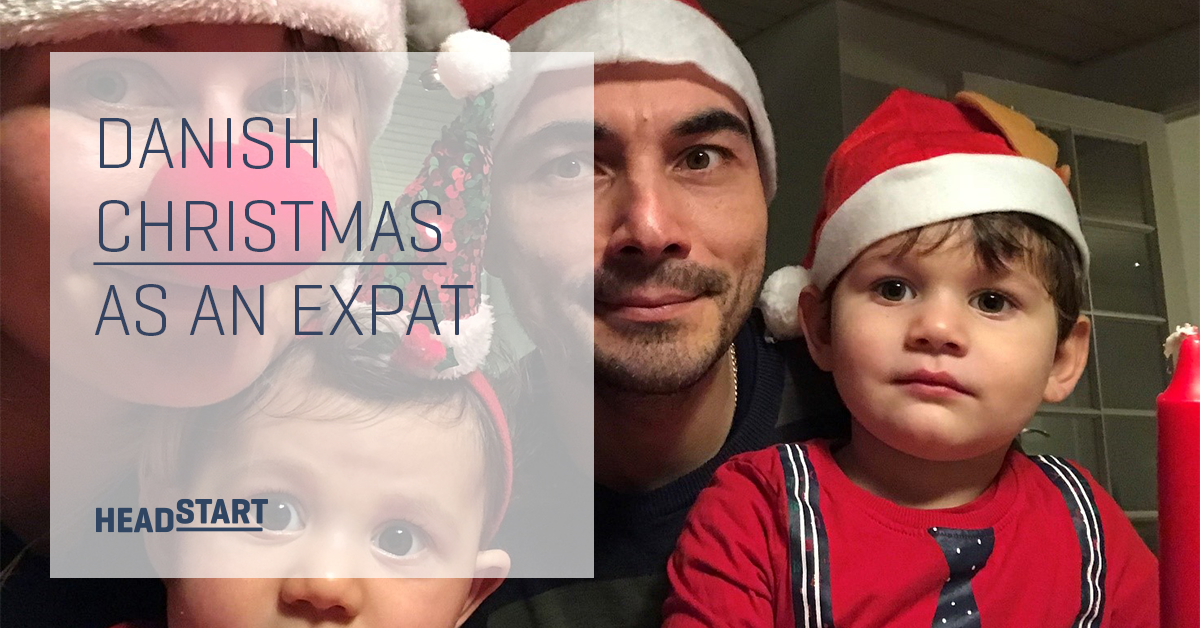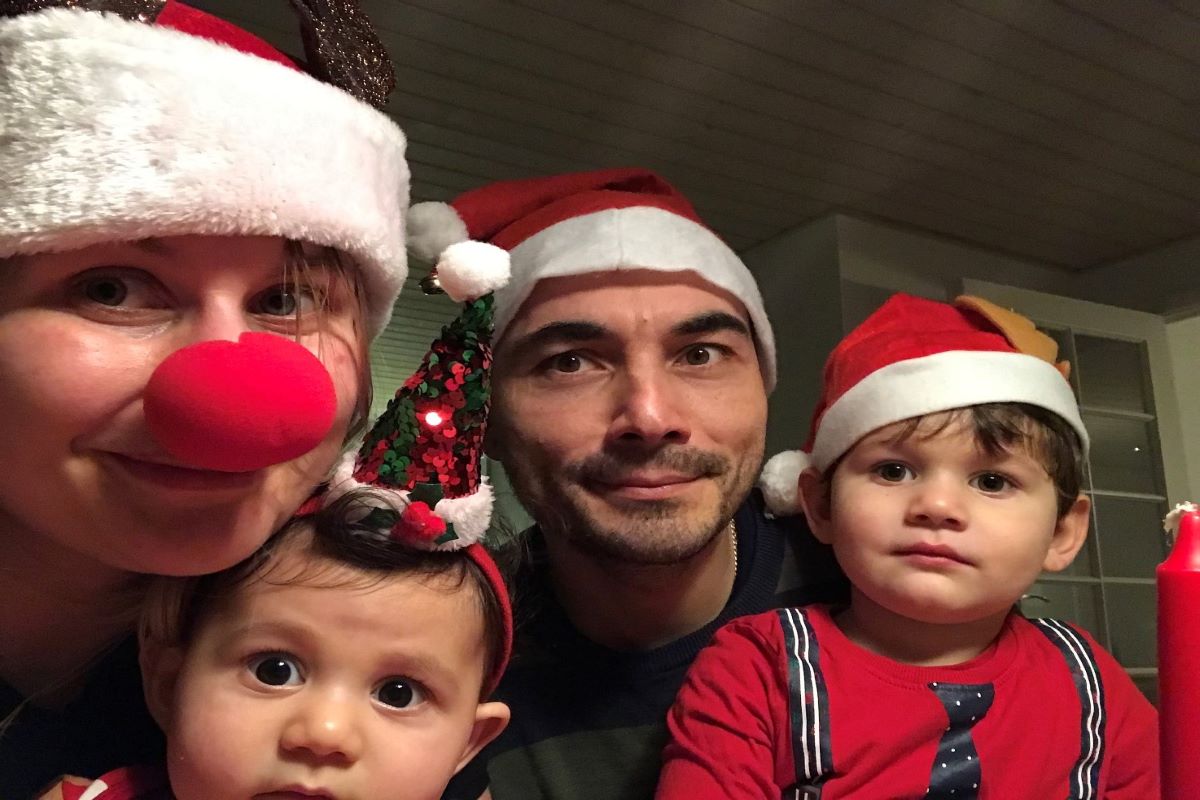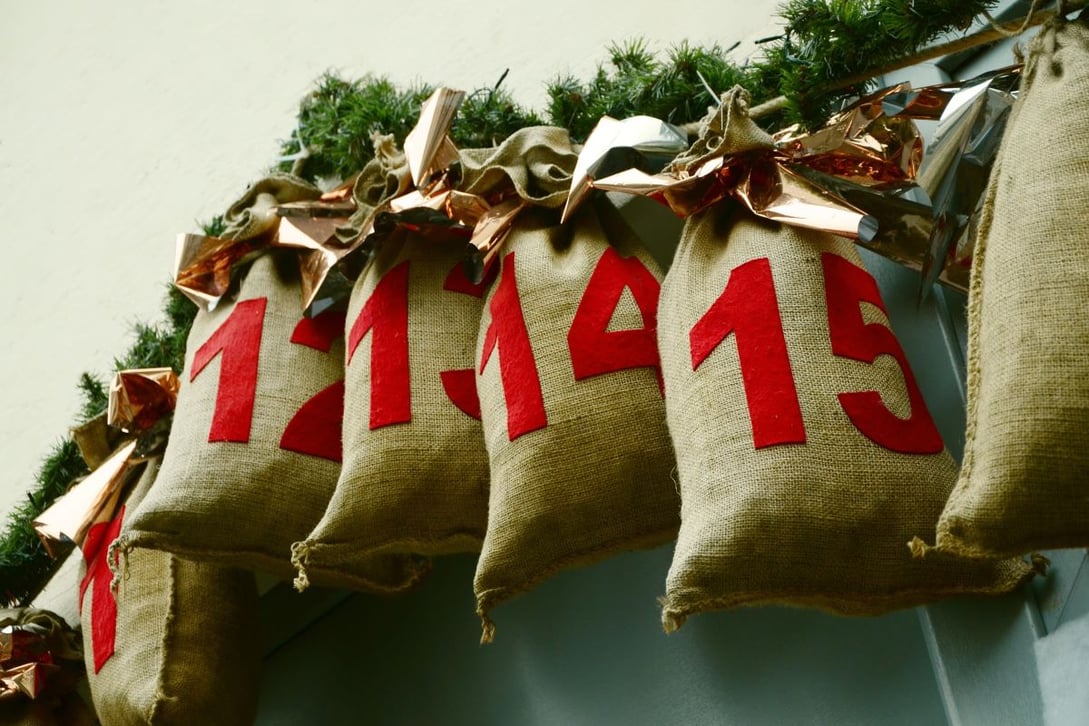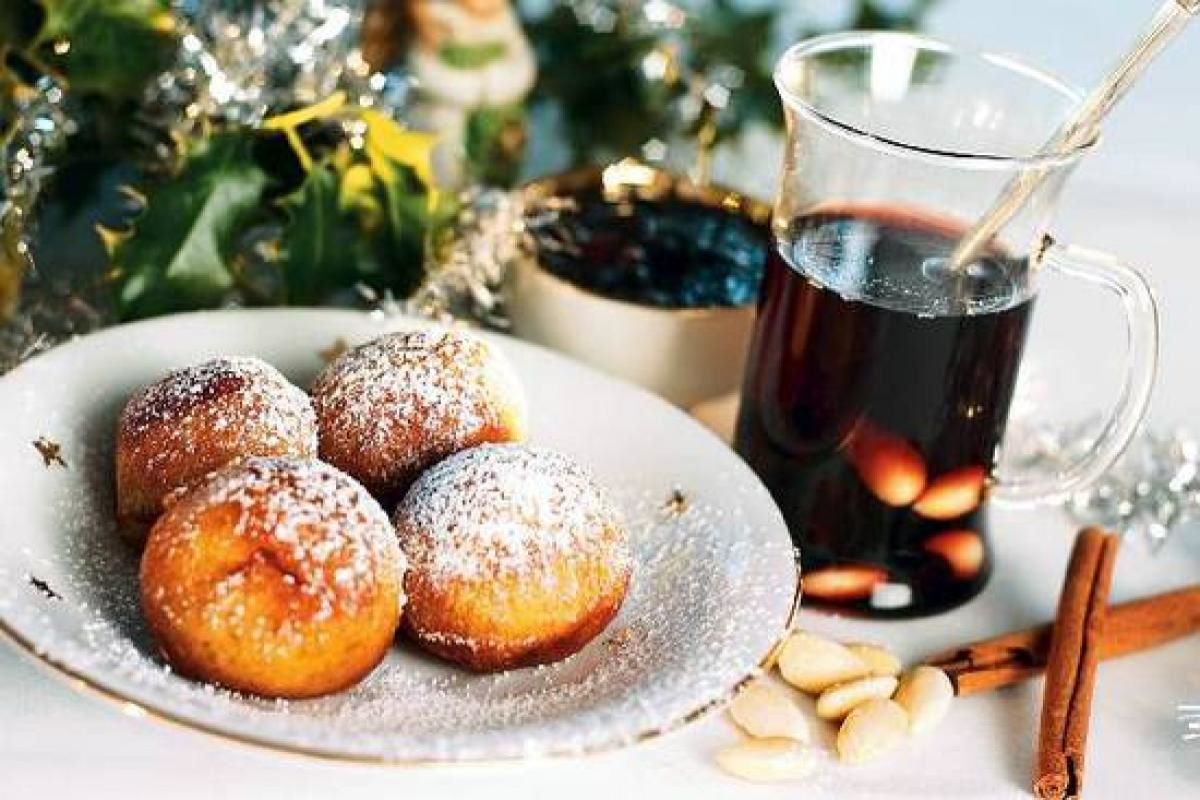
22 December, 2020
A stroll down the decorated streets and you aren’t in doubt: it’s that time of the year again! Christmas in Denmark is a joyous time that brings togetherness, hope and light in the cold and dark winter days – for Danish and international residents alike.
Antoniya Petkov is a Bulgarian expat living in the picturesque town of Ringkøbing, on the western coast of Central Denmark. This year, she is celebrating her fourth Christmas with her family in her adoptive city: “We are combining Bulgarian and Danish traditions. A Danish tradition that my family really loves is ‘nisser’ (elves), and the fact that they can both be good and naughty.”
In the Danish folklore, nisser are mythological creatures resembling garden gnomes. They can be mischievous and play tricks on children while they are asleep. When they wake up, the nisse may have moved the furniture around, turned the milk blue or hidden their favourite toy.

Antoniya and her family are ready for Christmas in Central Denmark.
2020 has in many ways turned normal traditions and routines upside down. The COVID-19 pandemic has brought lockdowns and travel restrictions around the world, which means that many expats won’t be ‘driving home for Christmas’ this year. Even within Danish borders, people are advised not to travel across regions in order to limit the spread of the virus.
Luckily, Denmark has plenty of traditions to throw yourself into from the comfort of your house. Actually, 24 days hardly seem to be enough as many Danes start preparing for Christmas long before December starts. They get busy with Christmas decorations, cookie-baking, and present-wrapping, and start counting down to the 24th with gift calendars.

Gift calendars are a common way for children in Denmark to count down to Christmas Eve. It’s a calendar with 24 small presents; one for each day in December building up to the magical evening.
All these preparations culminate on December 24th, when Danes celebrate Christmas Eve. Families gather around a traditional Christmas dinner with pork roast or duck, sing and dance around the decorated Christmas tree, and give each other presents.
Dinner often ends with the popular risalamande for dessert – a rice pudding with a whole almond hidden in it. The one who gets the almond wins a present. A tradition that Antoniya is especially fond of and that reminds her of home: “We have something similar in Bulgaria. We put a coin inside a special type of bread, and the one who gets the coin will have luck for the year.”
December is a month filled with hygge – the Danish word for cosiness and a core value in Danish culture. Hygge goes beyond Christmas. It is a part of everyday life in Denmark – which is something Antoniya really appreciates. But she especially enjoys the end-of-the-year traditions that bring the family together in her new home: “I really like the cosiness in all the small things we do together as a family – like making Christmas decorations, coating small snacks with chocolate, or just enjoying the evening with the kids.”
Hygge certainly peaks at this time of the year, when it is all about warming up through the cold and dark winter days. “Oh, and gløgg and æbleskiver!” Antoniya adds, “that is a Danish Christmas tradition that I really love!”

Gløgg is the Danish take on mulled wine and is often savoured with small puff pancakes called æbleskiver.